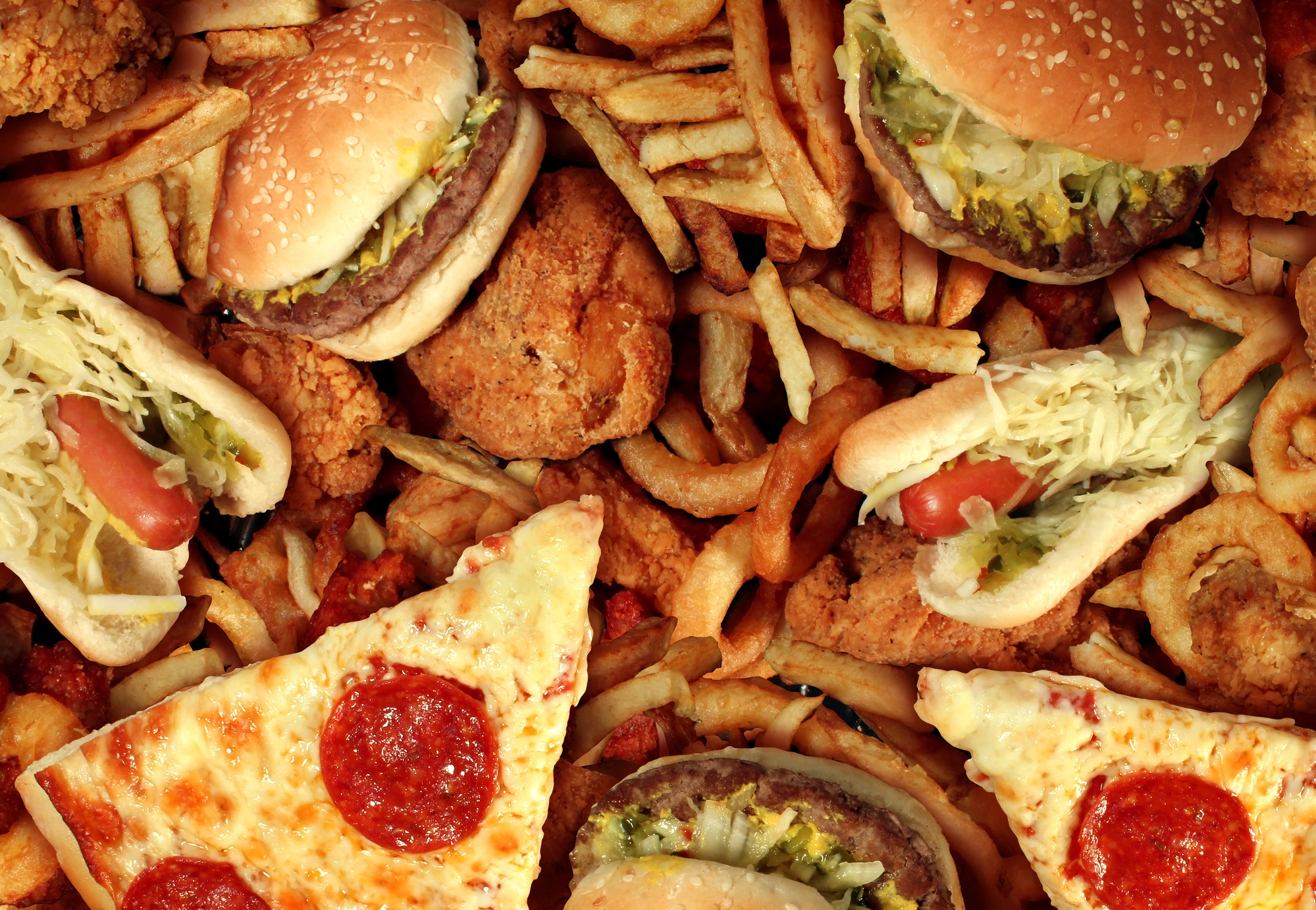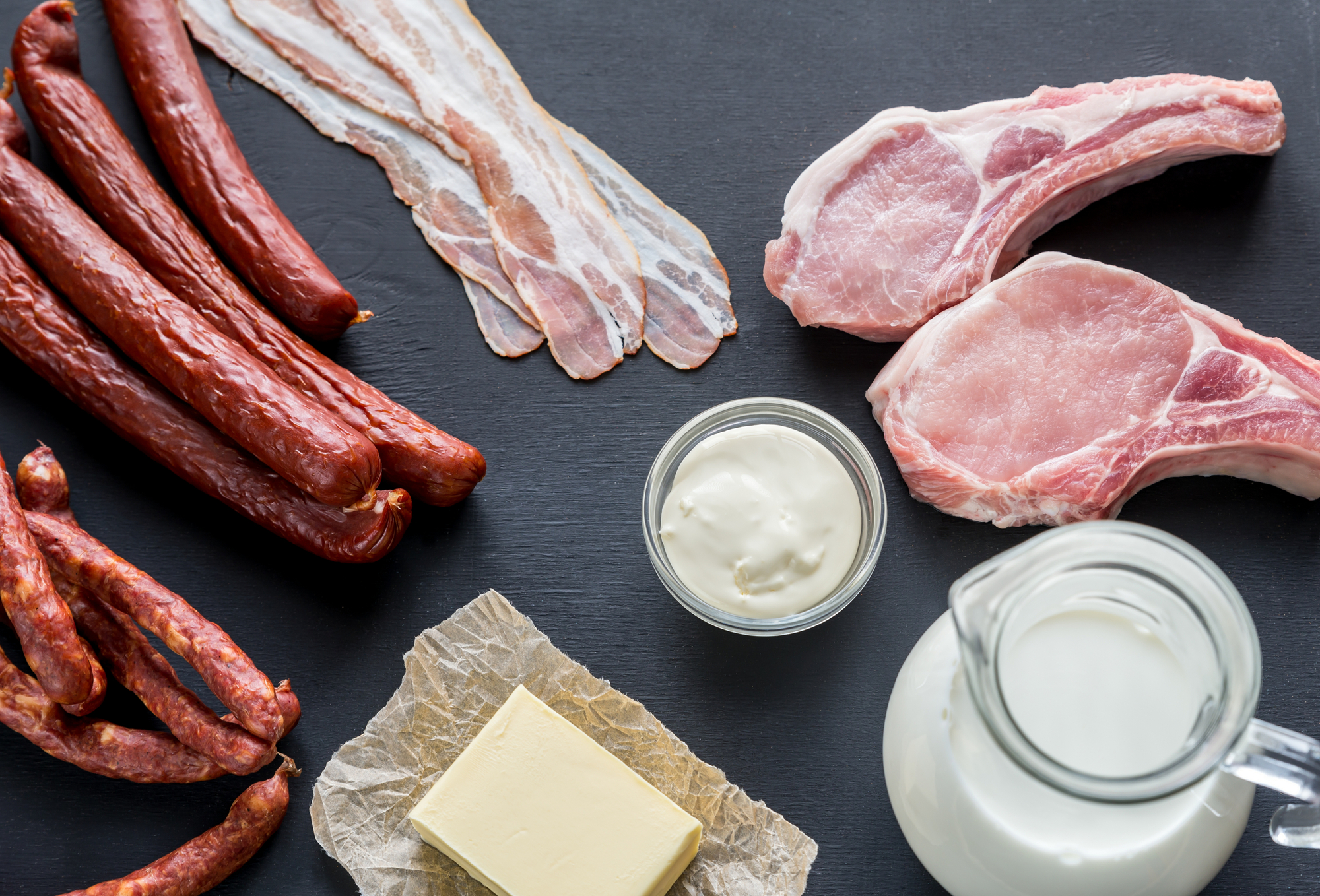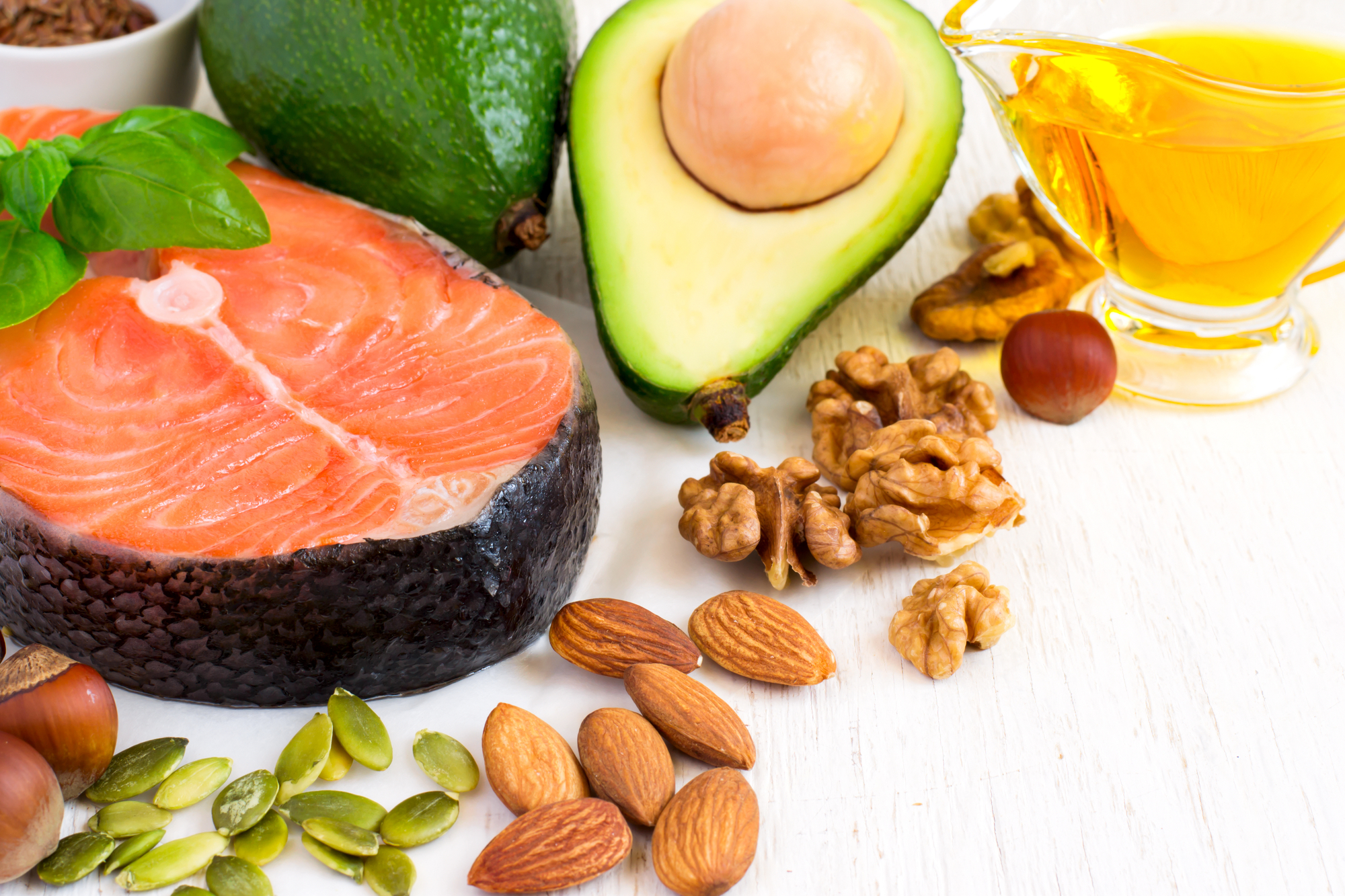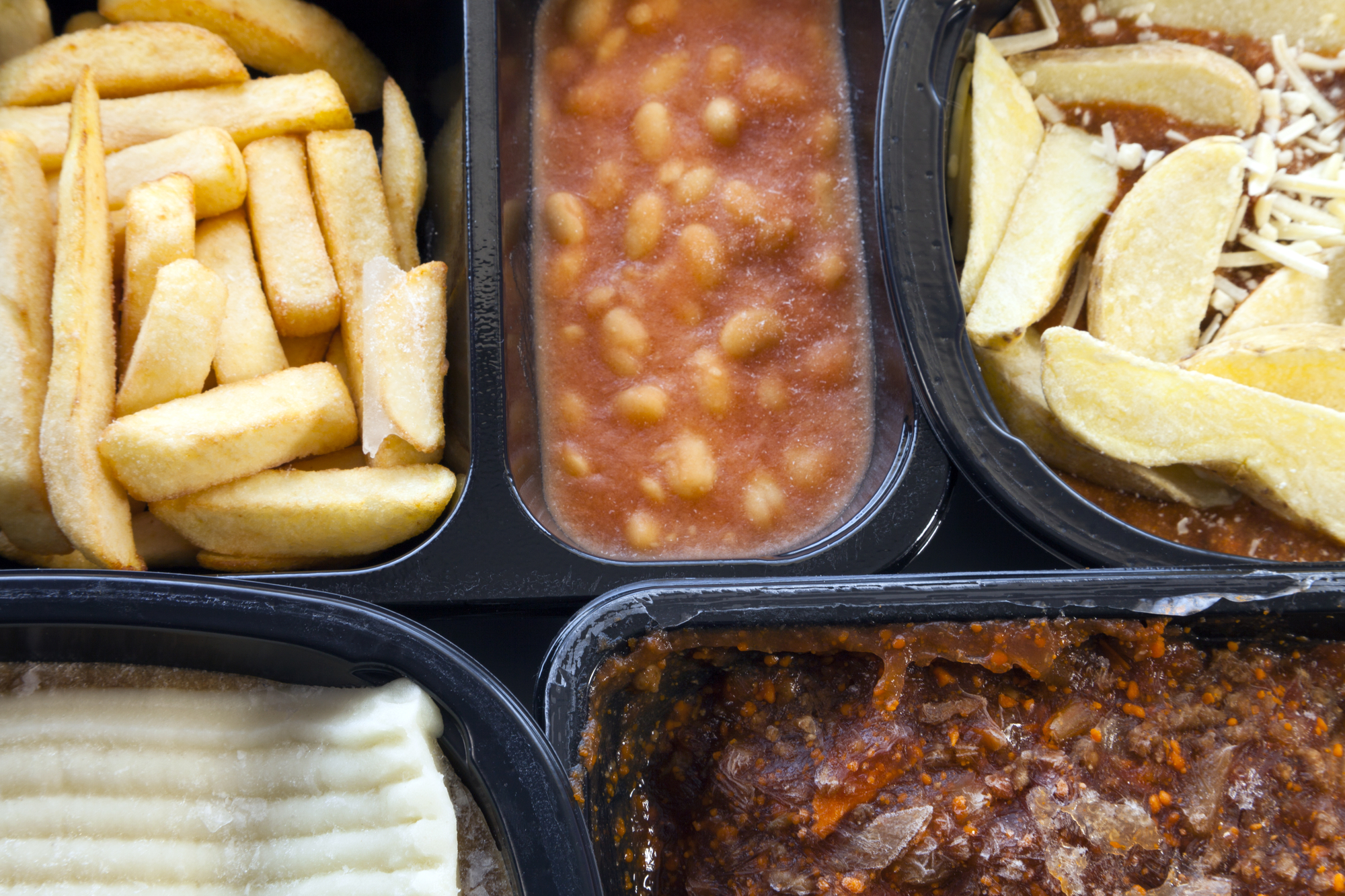Food Habits and Beliefs That Make You Sick
The bitter truth about the United States is that it is the unhealthiest industrialized nation in the world with more than 60% of people either overweight or obese. You do not even need any statistics to make sure it is really so, because if you spend about 30 minutes in some busy place watching people, you will find out that most of them are overweight and there are actually a lot of those who have to deal with obesity.
Obesity And Its Harmful Impact on Health
Although being overweight is definitely not good for health, obesity is considered to be one of the main reasons for the development of numerous diseases. Obesity is defined as a condition when lean body mass is covered with an extensively high amount of body fat. There are different degrees of obesity and they depend on the amount of fat known as adipose tissue and its distribution throughout the body. In other words, a degree of obesity depends on body mass index.
There are three degrees of obesity and the higher the degree, the more problems it can cause. It is worth to mention that health problems caused by obesity are very serious and include such life-threatening diseases as diabetes, stroke, coronary artery disease and kidney and gallbladder disorders.
Reasons For Obesity
There are some obvious reasons for obesity, such as overeating and eating the wrong food. Nevertheless, aggressive marketing, food addition and its availability are also associated with gaining more and more excess weight. What is more, both the lack of information and misinformation are also considered to be reasons for obesity in the US.
The thing is that the modern American diet is based on wrong beliefs and includes too much of processed and fast food. Sometimes, harmful effects of such food are hidden behind the marketing slogans and quite often because of misinformation, it becomes hard to distinguish healthy food options from unhealthy ones. What is more, most of us have wrong beliefs about the food and that is why we are constantly making mistakes that can cause serious health problems. Nevertheless, there are three main things that make us feel sick. The first one is associated with our wrong beliefs about the food (The War On Fat), the second one with our food habits (The Habit of Eating Out) and the third one with eating wrong food (Convenience Food).
The War On Fat
For years, we believed that eating full-fat products is bad for our health, so we tried to banish it from our food choices switching to low-fat foods. Nevertheless, such belief did not make us healthier. Instead, new problems appeared.
The thing is that fat is very important to overall health. Your body needs fat to convert it into energy, to absorb vitamins and minerals, to build cell membranes, to control blood clotting, and to enhance muscle movement.
In fact, the obesity, heart disease and type 2 diabetes epidemic in the USA started right after the low-fat guidelines were published in 1977. It happened so because full-fat products were replaced with low-fat foods high in sugar, as well as butter was replaced with toxic margarine rich in trans fats.
The truth is that when it comes to losing excess weight, statistics show that full-fat diets low in simple carbs (sugars) are actually almost twice more effective than those focused on low-fat products. What is more, according to a study published in Circulation in 2016, people who eat full-dairy products have a 46% lower risk of developing type 2 diabetes compared to people who ate less full-fat dairy. Also, according to the Framingham Heart Study, cases of heart disease increased exactly after we were told that margarine is healthier than full-fat butter as it contains less saturated fats. The truth is that whereas saturated fat actually can be harmless, trans fats in margarine are highly toxic.
We can make a conclusion that the shift to low-fat products did not make us healthier because along with saturated fats, we cut back on healthy fats. Furthermore, harmful trans fats were added to our diet. So the question is: which fats we have to avoid and which are actually healthy?
The answer to this question is that there are 3 types of fat and each type has a different impact on long-term health.
- The first and the most harmful type of fat to discuss in trans fat.

Photo by ©lightsource/ Depositphotos.com
Trans fats appear due to the process of hydrogenation that turns oils into solids. The process of hydrogenation also turns healthy fats into saturated ones, so eating products containing trans fat increases the amount of harmful LDL cholesterol in the bloodstream and reduces the amount of beneficial HDL cholesterol. What is more, trans fat is one of the main reasons for the development of heart disease, as well as it contributes to the development of type 2 diabetes. The thing to remember that there are no health benefits associated with eating trans fats. In contrast, even such small amounts as 2% of trans fats in your daily meals increases the risk of heart disease by 23%! It means that trans fats are exactly those fats that have to be totally excluded from your diet. So always read labels and avoid buying and eating products with trans fats or partially hydrogenated oils.
- The second type of fat to discuss is saturated fat.This fat is somewhere in between unhealthy and healthy fats. It means that you can include it in your diet but have to avoid eating a lot of foods with saturated fats. The thing is that diet rich in saturated fats increases the level of cholesterol in your body.

Photo by ©alex9500/ Depositphotos.com
Foods with saturated fats include red meat, full-fat dairy, commercially prepared baked goods and other foods. In terms of healthy eating, any processed foods have to be avoided, so comparatively healthy sources of saturated fats are associated with red meat and full-fat dairy.
Although there is not enough evidence to support the claim that eating saturated fats can lead to heart disease, it is proved that replacing saturated fats with polyunsaturated ones can reduce the risk of its development.
- The third type of fat to discuss is unsaturated fat. Unsaturated fats are divided into monounsaturated fats and polyunsaturated fats. Both monounsaturated fats and polyunsaturated fats are considered to be healthy. Such fats can be found in vegetables, nuts, seeds, and fish. You can get them from olive oil, peanut oil, canola oil, avocados, fatty fish and most nuts.

Photo by ©colnihko/ Depositphotos.com
The importance and positive impacts of unsaturated fats to our health can be explained from different sides. First of all, it is worth to mention that the Mediterranean diet, one of the healthiest diets in the world, replaces saturated fats with monounsaturated ones. It is proved that people who follow this diet live longer than those who follow diets rich in saturated fats.
When it comes to polyunsaturated fats, their importance is explained by the fact that they are used by our bodies to build cell membranes and the cover nerves. What is more, polyunsaturated fats are important for blood clotting, muscle movement, and inflammation. Such fats are not produced by our bodies, so we must get them from food.
As you can see, not all fats are harmful to our health. What is more, some of them are actually beneficial and have to be included in our diets. In terms of healthy eating, unsaturated fats are preferable, so it will be better if you use them as much as possible to replace saturated and trans fats.
Nevertheless, you have to understand that your body does not need a lot of fat, even if it is healthy. Strike the right balance: include healthy fats in your diet but limit them to about 2% of your daily food intakes.
The Habit of Eating Out

Photo by ©oneinchpunch/ Depositphotos.com
It will be hard to find a person who will not see eating out as a wonderful way to spend a relaxing time. However, while visiting your favorite restaurant twice a month is absolutely ok, creating a habit of eating out two, three or more times a week is actually quite unhealthy. Meanwhile, statistics show that millennials alone spend nearly 45% of their budget’s food dollars on eating out. But these are not just millennials. The average American family spends about 50% of family food budget on eating out.
But what is wrong with eating out and why it can be harmful to health? Here are the main reasons:
- In the most cases, food in restaurants is much less healthy. The reason for this is that restaurants need to attract costumers. The food you eat in your favorite restaurant is designed to be enjoyed and that is why it is usually more rich than the food you eat when you are at home. Things get even worse if you find yourself eating at some ‘fast food’ establishments.
Salt, sugar, and fat create a stronger taste of food and that is why are often added in totally unhealthy amounts. For example, there are about 8 teaspoons of sugar in just one soda drink. Furthermore, meals at ‘fast food’ establishments often contain trans fats and, as you remember, no amount of trans fat is good or healthy. When it comes to salt (sodium), just one fast-food meal could have half your day’s worth.
- You never know what is going into the meal ordered. Even if you order some familiar dish you consider as healthy, there are a lot of chances that ingredients will differ from those you use to cook it at home. For example, some fatty creams, richer cheese, ham and other meats will be added to create enjoyable and addictive taste.
- When you are eating out, it becomes difficult to control quantities, so you are more likely to end up eating a huge plate full of different things, including unhealthy ones. The thing is that you will probably get bigger helpings and will not allow yourself to leave something on your plate because you want to be seen to be ‘polite’ or simply because you do not want to waste the money spent on your meal.
- Eating out is associated with lots of temptations, especially when you find yourself in a restaurant feeling hungry as a hunter. In the most cases, you will order more food than you actually need and will be more likely to choose unhealthy meals over healthy ones.
As you can see, eating out often becomes the reason for overeating and, what is worse, eating unhealthy food. That is why if you prefer eating out to cooking at home, you are more likely to gain some excess weight and more likely to feed your body with empty calories. If you combine these effects of eating out together, you will get the recipe for feeling sick.
Convenience Food
It is not a secret that Americans have become hooked on convenience foods. We do not cook because we think we have no time to prepare decent meals and if we cook, we are choosing boxed products to prepare them in the microwave. You can think that you deserve a break, but the truth is that it is your body that deserves it and desperately needs it.

Photo by ©Yolfran/ Depositphotos.com
The thing is that when you eat another convenience meal, you dump your body with high-carb foods low in nutrients, manufactured trans fats, sugars, refined flour, harmful additives and flavorings. It means that the lack of time to prepare a meal turns out into a destructive bomb to your health.
- Convenience foods affect your digestive and cardiovascular systems. They cause repeated spikes in your blood sugar leading to insulin resistance and the development of type 2 diabetes.
- Your respiratory systems suffer as well. The thing is that convenience food makes you gain excess weight and increases the risk for respiratory problems, including asthma and shortness of breath. It means that eating such food will result in difficulty breathing when you walking, climbing stairs, or exercising.
- Eating convenience foods is a way to depression. Statistics show that people who prefer such foods over home-cooked are 51% more likely to develop depression.
- Convenience food often contains chemicals known as phthalates. High level of this chemical is associated with the development of reproductive issues, including birth defects.
- Eating convenience food can become a reason for such skin conditions as acne breakouts, eczema, brittleness of the nails and fragility of hair.
- Carbs and sugar in convenience food increase acids in your mouth, so your enamel breaks and cavities may develop. What is more, cavities may lead to the development of chronic tonsillitis and result in rheumatic fever, which can permanently damage the heart and kidney disease.
Putting all these together, it becomes clear that the true purpose of convenience food is to destroy your body from the inside. It has no health benefits and the only thing that makes it stay on market shelves is our excuses about having no time to cook. So always make wise choices when buying your food and stay healthy!


